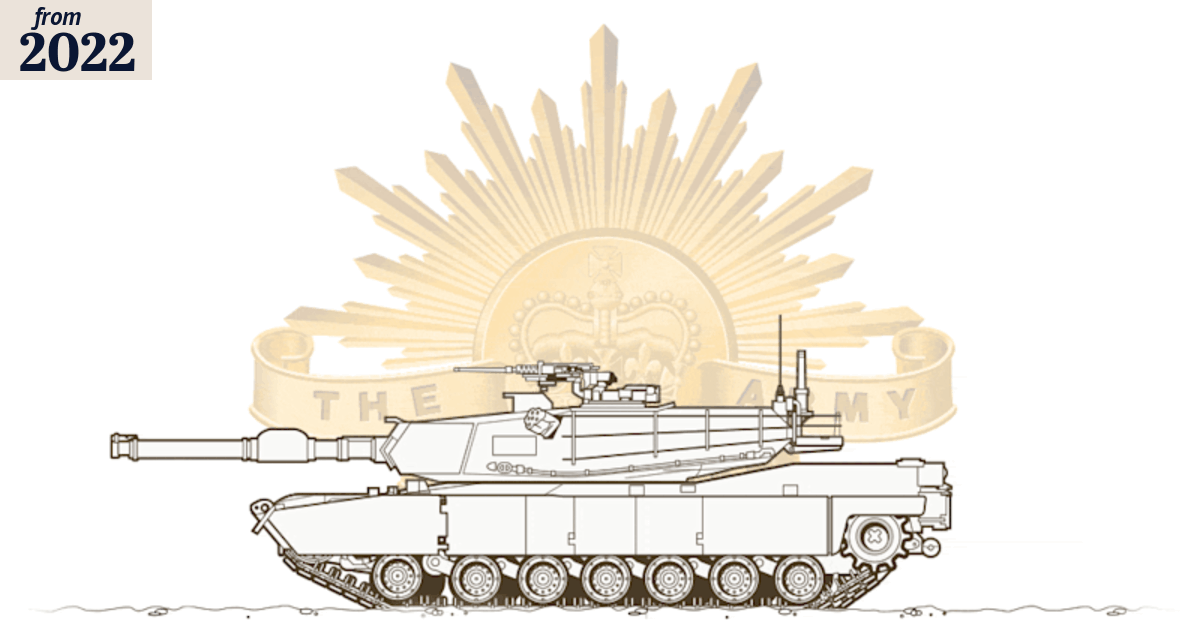Boagrius
Well-Known Member
On long range & maritime strike:
I think we are currently hampered somewhat by the lack of an ALCM on the Rhino and Lightning. If we can get JSM (a dual-purpose, LO ASCM & LACM) up and running on the F35, for instance, the RAAF's reach becomes significant.
For example, the SAR docs for the F35 list its combat radius on an interdiction mission as 669nm (p18). Using that as a rough guide, this is the approximate coverage you might expect from an F35 flying entirely on internal fuel out of RAAF Darwin with a max range (all internally carried) JSM shot, vs the same F35 that gets 50% more combat radius out of a single AAR top-up:

Same comparison, this time from RAAF Curtin

My guess is that the range rings for an LRASM equipped F35 could be similar, since the (~200nm publicly listed) extra range of the LRASM over the JSM would be offset to some extent by the extra drag induced by its mandatory use of external pylons.
So, not exactly reaching into the SCS, but potentially covering much the same territory that the F111 once did, all with a VLO jet that still does not need to get nearly as close to its target to release its payload. Just some food for thought.
I think we are currently hampered somewhat by the lack of an ALCM on the Rhino and Lightning. If we can get JSM (a dual-purpose, LO ASCM & LACM) up and running on the F35, for instance, the RAAF's reach becomes significant.
For example, the SAR docs for the F35 list its combat radius on an interdiction mission as 669nm (p18). Using that as a rough guide, this is the approximate coverage you might expect from an F35 flying entirely on internal fuel out of RAAF Darwin with a max range (all internally carried) JSM shot, vs the same F35 that gets 50% more combat radius out of a single AAR top-up:

Same comparison, this time from RAAF Curtin

My guess is that the range rings for an LRASM equipped F35 could be similar, since the (~200nm publicly listed) extra range of the LRASM over the JSM would be offset to some extent by the extra drag induced by its mandatory use of external pylons.
So, not exactly reaching into the SCS, but potentially covering much the same territory that the F111 once did, all with a VLO jet that still does not need to get nearly as close to its target to release its payload. Just some food for thought.
Last edited:






